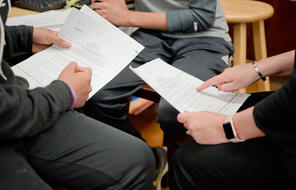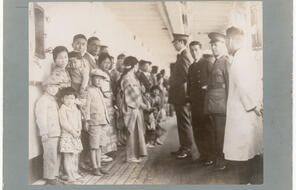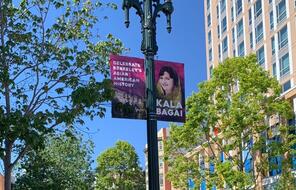
Exploring Islamophobic Tropes
Overview
About This Lesson
This is the second lesson in a unit designed to help teachers have conversations with their students about contemporary Islamophobia in a safe, sensitive and constructive way. Use these lessons to help your students reflect on Islamophobia – how it manifests in contemporary society and its impact – and consider what needs to be done to challenge it.
In this lesson, students explore Islamophobic tropes, their troubled history, their evolution and their present manifestation. The activities provide students with the opportunity to reflect on differences in how lies and the truth spread; to explore what led to the creation of Islamophobic tropes, and how they have been adapted for different social-historical contexts and used to target human emotions; and to consider the harm that the circulation of Islamophobic tropes can cause.
Encouraging students to reflect on how lies and the truth spread is important as Islamophobic tropes are rooted in misinformation and propaganda used to further religious and/or political agendas. Teaching students about Islamophobic tropes and their history helps them understand the roots of these malicious rumours and myths, as well as how they have evolved to retain relevance in the present. These explorations can both mentally prime students to be critical consumers of Islamophobic content they might encounter in the future and help counter any pernicious misinformation that may have already shaped their world view (the importance of tackling misinformation is outlined in the note on ‘Debunking Misinformation’ in our Notes to Teacher section).
We recommend that you do preparatory work on discussing Islamophobia with students using Lesson 1: Confronting Islamophobia if you have not already done so, as well as revisiting your classroom contract before teaching this lesson. If you do not have a classroom contract, you can use our contracting guidelines for creating a classroom contract or another procedure you have used in the past.
Preparing to Teach
A Note to Teachers
Lesson Plans
Activities
Extension Activities
Materials and Downloads
Quick Downloads
Download the Files
Get Files Via Google
Exploring Islamophobic Tropes
Confronting Islamophobia
Addressing Islamophobia in the Media
Unlimited Access to Learning. More Added Every Month.
Facing History & Ourselves is designed for educators who want to help students explore identity, think critically, grow emotionally, act ethically, and participate in civic life. It’s hard work, so we’ve developed some go-to professional learning opportunities to help you along the way.
Exploring ELA Text Selection with Julia Torres
On-Demand

Working for Justice, Equity and Civic Agency in Our Schools: A Conversation with Clint Smith
On-Demand

Centering Student Voices to Build Community and Agency
On-Demand


















